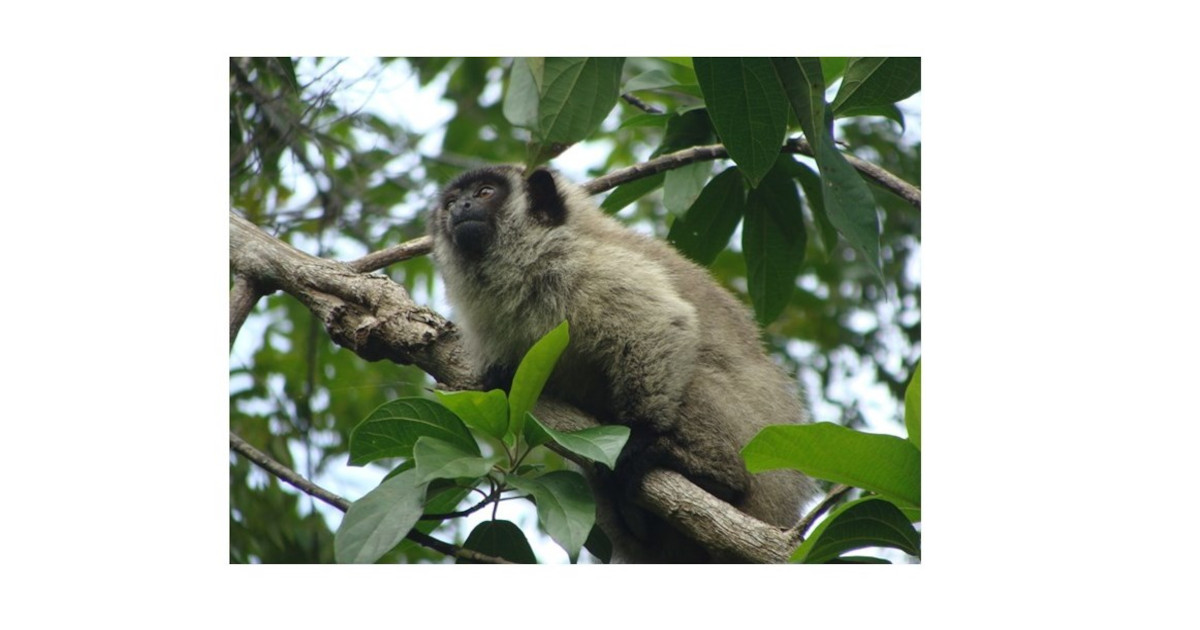Ecology, Diversity, and Conservation of Primates
A special issue of Diversity (ISSN 1424-2818). This special issue belongs to the section "Biodiversity Conservation".
Deadline for manuscript submissions: closed (28 February 2023) | Viewed by 12135

Special Issue Editors
Interests: primate ecology; primate behavior and conservation; mammal ecology and conservation; landscape ecology
Special Issue Information
Dear Colleagues,
Primates are an important component of the ecosystems of tropical regions. In addition to having strong relationships with their habitats, they also interact deeply with humans. Several primate species face threats throughout the globe, such as hunting, habitat loss and fragmentation, habitat degradation and the introduction of exotic species, among others. Such negative factors may lead to a reduction in habitat area and change the availability and distribution of food, thus affecting primate ecology and behavior. However, there are also many efforts to promote primate conservation. Considering the great primate diversity and the limited number of researchers, especially in the most remote regions, there are still numerous gaps of knowledge about primate ecology, diversity, and conservation.
This Special Issue aims to contribute to the knowledge on primates, welcoming papers that advance the knowledge of primate conservation and phylogenetics, as well as primate ecology, including studies relating primate behavior to environmental factors, feeding ecology, landscape ecology, and other ecological studies.
Dr. Renato Richard Hilário
Dr. João Pedro Souza-Alves
Guest Editors
Manuscript Submission Information
Manuscripts should be submitted online at www.mdpi.com by registering and logging in to this website. Once you are registered, click here to go to the submission form. Manuscripts can be submitted until the deadline. All submissions that pass pre-check are peer-reviewed. Accepted papers will be published continuously in the journal (as soon as accepted) and will be listed together on the special issue website. Research articles, review articles as well as short communications are invited. For planned papers, a title and short abstract (about 100 words) can be sent to the Editorial Office for announcement on this website.
Submitted manuscripts should not have been published previously, nor be under consideration for publication elsewhere (except conference proceedings papers). All manuscripts are thoroughly refereed through a single-blind peer-review process. A guide for authors and other relevant information for submission of manuscripts is available on the Instructions for Authors page. Diversity is an international peer-reviewed open access monthly journal published by MDPI.
Please visit the Instructions for Authors page before submitting a manuscript. The Article Processing Charge (APC) for publication in this open access journal is 2100 CHF (Swiss Francs). Submitted papers should be well formatted and use good English. Authors may use MDPI's English editing service prior to publication or during author revisions.
Keywords
- feeding ecology
- behavioral ecology
- landscape ecology
- phylogenetics
- conservation
Benefits of Publishing in a Special Issue
- Ease of navigation: Grouping papers by topic helps scholars navigate broad scope journals more efficiently.
- Greater discoverability: Special Issues support the reach and impact of scientific research. Articles in Special Issues are more discoverable and cited more frequently.
- Expansion of research network: Special Issues facilitate connections among authors, fostering scientific collaborations.
- External promotion: Articles in Special Issues are often promoted through the journal's social media, increasing their visibility.
- e-Book format: Special Issues with more than 10 articles can be published as dedicated e-books, ensuring wide and rapid dissemination.
Further information on MDPI's Special Issue polices can be found here.






